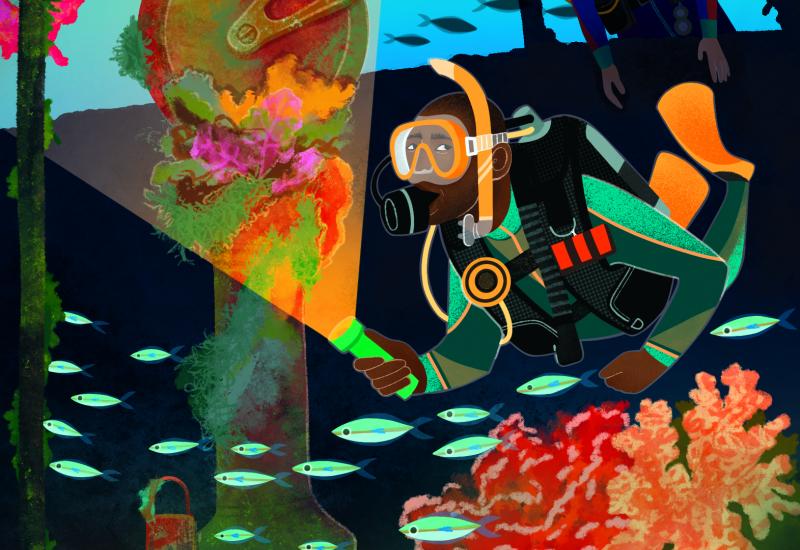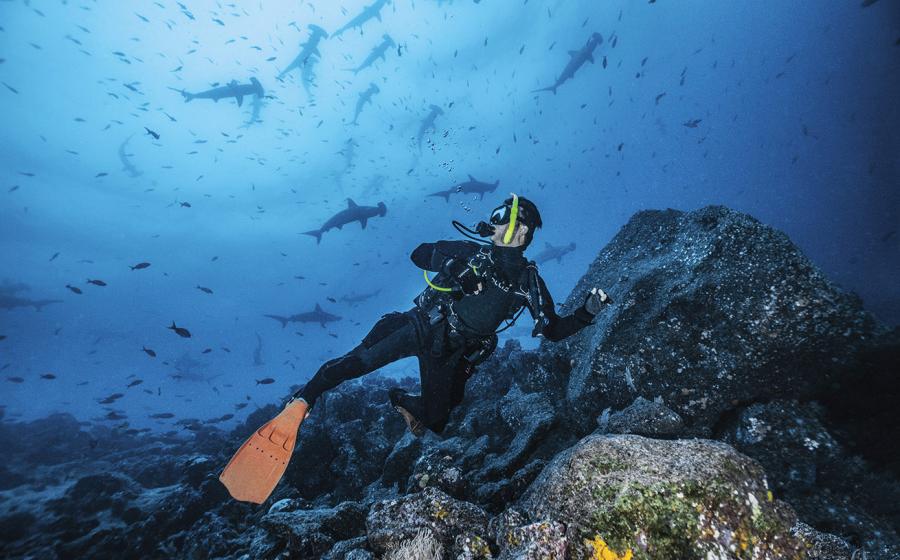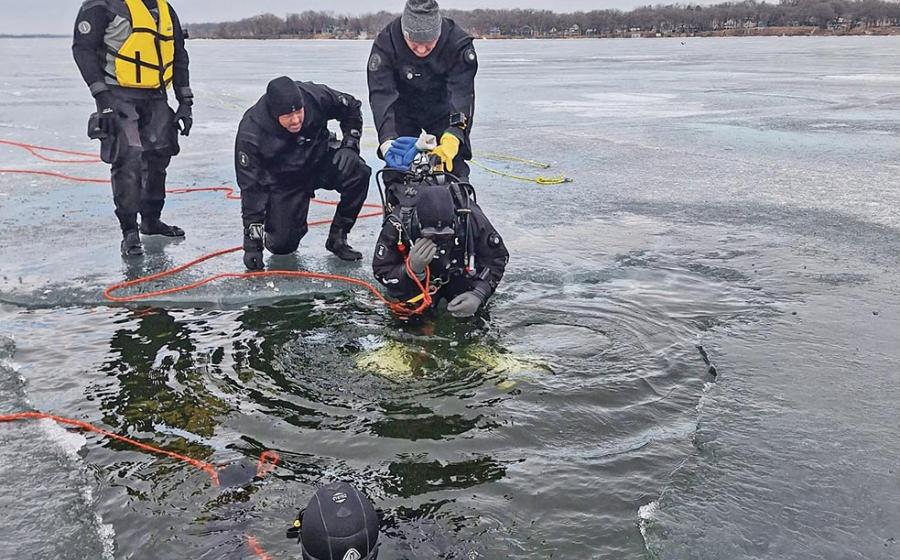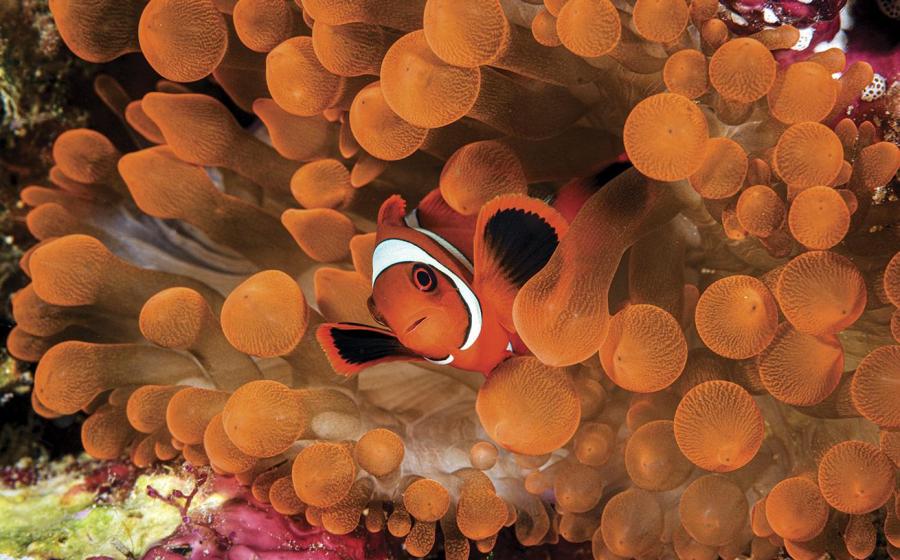Why You Should Go Scuba Diving in Egypt this Fall
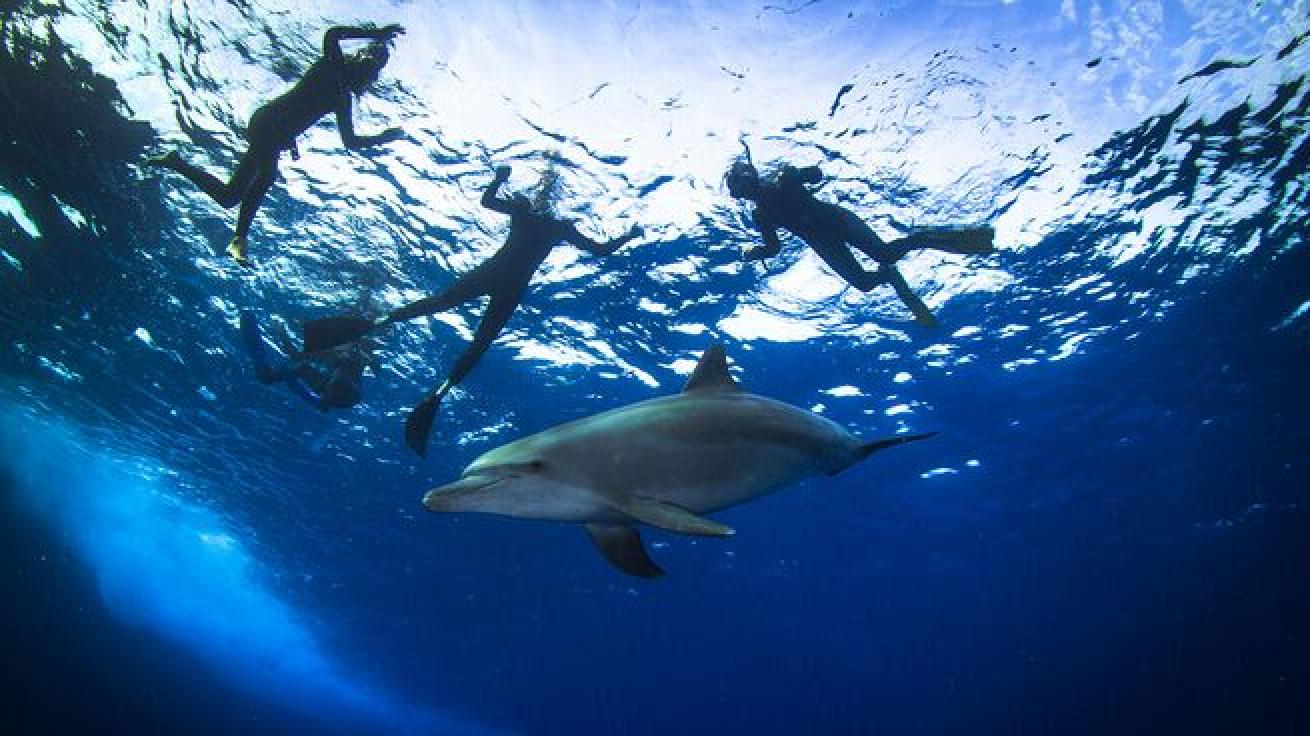
ShutterstockDolphin Reef (Sha’ab Sataya) is one of the most famous sites at Fury Shoals, known for encounters with the resident dolphins — whilst scuba diving or snorkeling.
As the days get shorter, it’s a great time of year to go on your next dive vacation and explore new destinations. The Red Sea is one of the best places to visit at this time of year, with ideal conditions for both scuba diving and exploring the ancient history of Egypt.
October to November is a great time of year to visit Egypt before the busy peak tourist season begins in December. The air and water temperatures are both comfortable, making it to combine scuba diving with land-based excursions without the excessive heat of summer (or the cold mid-winter evenings). It is also more affordable and quieter than peak season, with seasonal marine life highlights such as thresher and oceanic whitetips sharks in the southern Red Sea.
Related Reading Diving Crusty's Quarry, Pennsylvania
WHAT IS THE WATER TEMPERATURE IN EGYPT DURING FALL?
The water temperature varies depending on whether you dive in the northern or southern Red Sea and is around 23 to 27 °C (73 to 80 °F) during October and November. A 3-5mm wetsuit is sufficient for diving the Red Sea at this time of year, though some people prefer to dive in a drysuit when visiting the remote, windier dive sites.
WHO IS EGYPT DIVING SUITABLE FOR?
Dive sites in the northern Red Sea are suitable for all experience levels, with easy dives and also more advanced dives for experienced and tech divers. Dive sites in the southern Red Sea are more suited to experienced divers due to their remote nature and challenging conditions.
WHICH ARE THE BEST DIVE SITES TO VISIT DURING FALL?
Choosing the best dive sites to visit depends on your diver experience level more than the time of year, though there are some seasonal highlights to bear in mind. Liveaboard diving in Egypt is the best way to access the more remote dive sites and reefs.
NORTHERN RED SEA
The north is the most popular dive area of Egypt and includes the main dive departure points of Sharm el Sheikh and Hurghada, plus Dahab’s Blue Hole. This area is accessible all year and there are numerous liveaboards that explore the different dive areas, with something for all budgets and diver preferences.
Ras Mohammed and the Straits of Tiran are two of the most popular areas to visit and offer colorful coral reef diving, drift dives, deep dives and turquoise waters against the stark landscapes of Egypt’s coastline. The Thistlegorm is well worth visiting during Fall to avoid the crowds that visit this world-famous wreck during peak season. Fewer crowds make it easier to explore the exterior and interior of the wreck and get those perfect photographs without other divers getting in the way.
If you really want to get into wreck diving, be sure to visit Abu Nuhas the ‘ships graveyard’. This submerged reef is famous for its wrecks; the Giannis D, Kimon M, Chrisoula K and Rosalie Moller. It is also home to the oldest shipwreck available to divers in the Red Sea, the 1869 Carnatic.
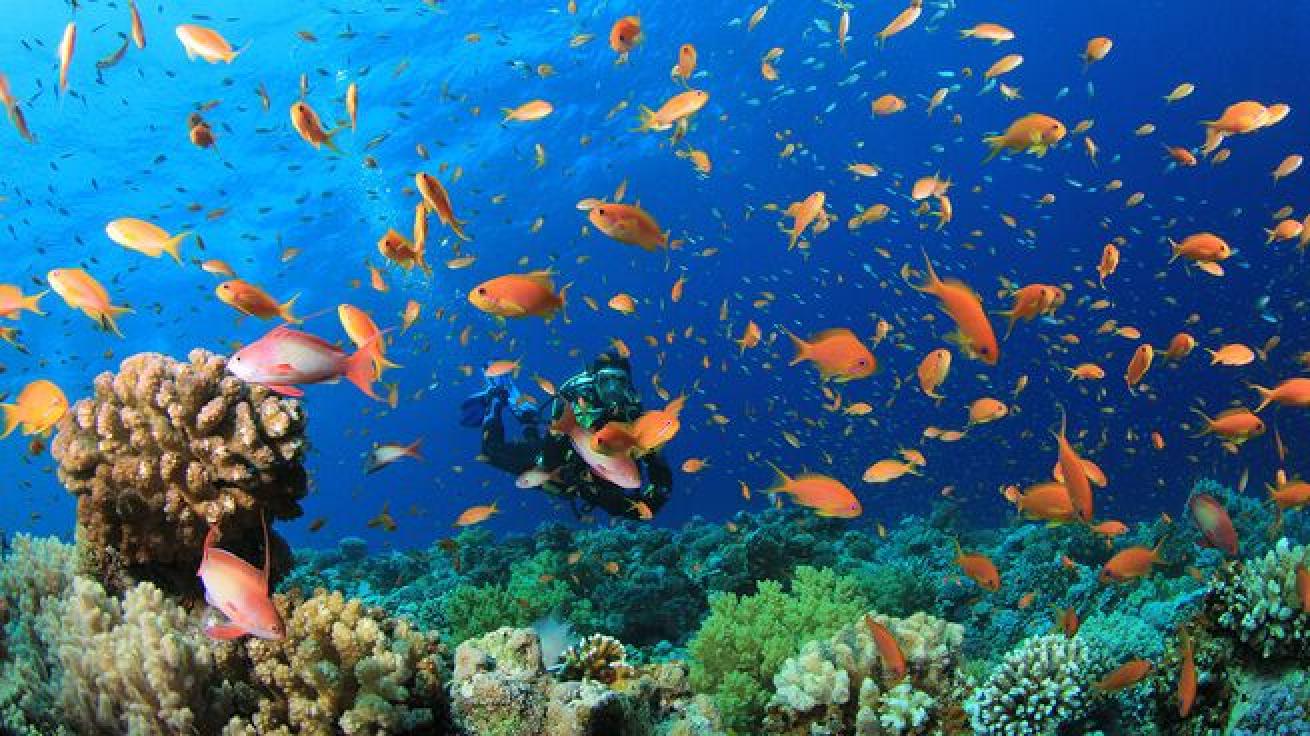
ShutterstockA scuba diver swims through cloud of tropical fish on coral reef in the Red Sea.
SOUTHERN RED SEA
The southern Red Sea has more seasonal variation than the northern Red Sea and offers remote dive sites, pristine reefs and big marine life. It can be windy during Fall at dive sites but liveaboards re-route as needed and most of the dive sites are usually accessible. Marsa Alam is the main departure point and base for liveaboards in this area and there are plenty to choose from.
The Brothers, Elphinstone and Daedalus are the most well-known southern Red Sea dive destinations. They are accessible by liveaboard diving and have spectacular reefs, drop-offs and abundant marine life. They offer the chance to combine coral reef diving with pelagic encounters in the big blue. Visit at this time of year and you have the best chance of seeing thresher sharks, plus grey reef sharks in the midst of their mating season.
Fury Shoals consists of several reefs off the coast and has some of the most pristine reefs in Egypt. There are plenty of hard and soft corals, fringing reefs, lagoons, drop-offs and wrecks to explore. Dolphin Reef (Sha’ab Sataya) is one of the most famous sites at Fury Shoals, known for encounters with the resident dolphins - whilst scuba diving or snorkeling.
The reefs at St Johns lie far off the coast of Egypt, close to the Sudanese border, and cover an area of more than 290 square kilometers (112 miles). These isolated reefs from part of the Elba National Park and offer a variety of corals and marine life, plus the chance to explore caves, caverns, swim-throughs, tunnels and drop-offs.
Related Reading 5 Ways to Dive the Dominican Republic
Other highlights include Dolphin House (Sha’ab Samadi) at Marsa Alam to swim with dolphins and Abu Dabbab for dugong encounters.
This article was written by divers and writers at LiveAboard.com.




